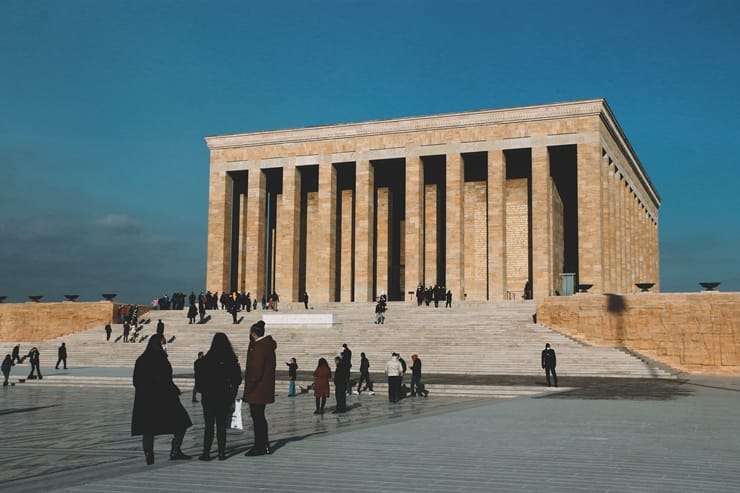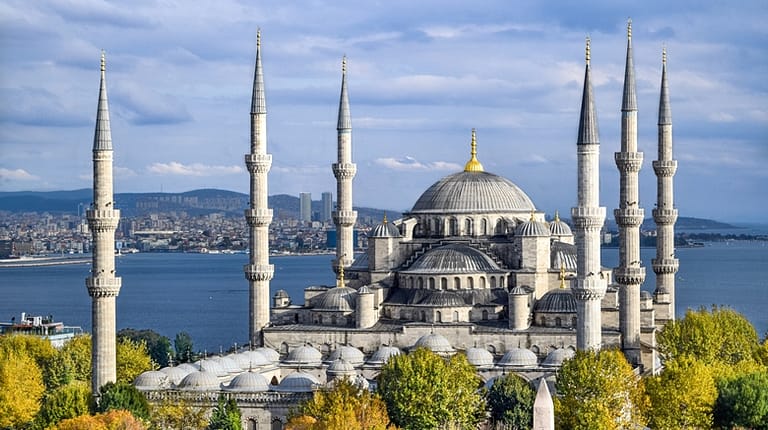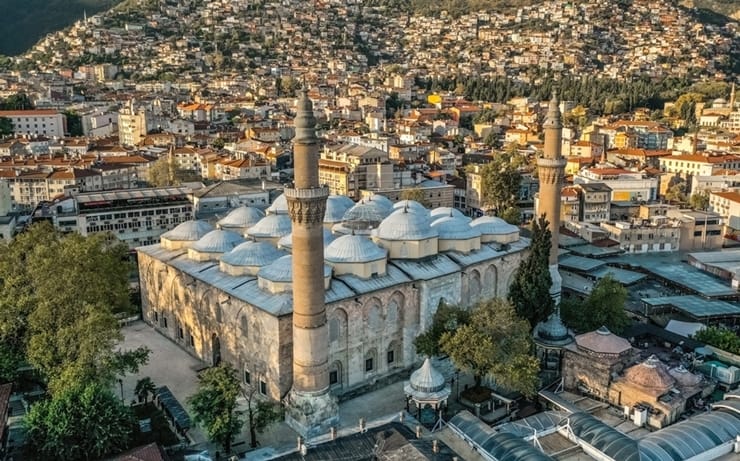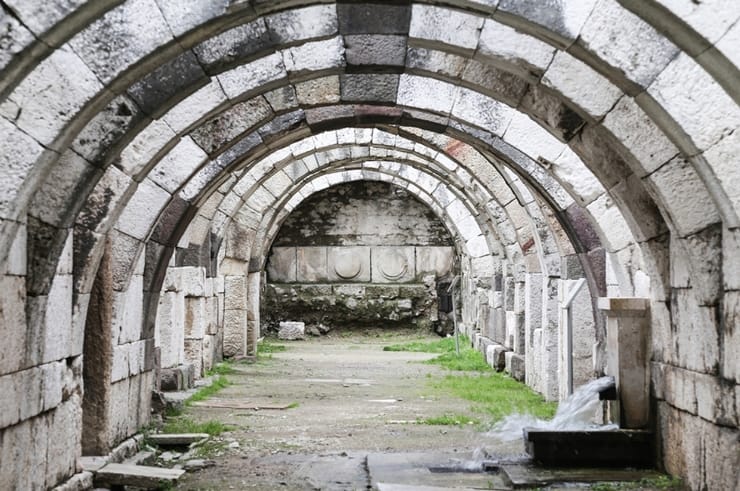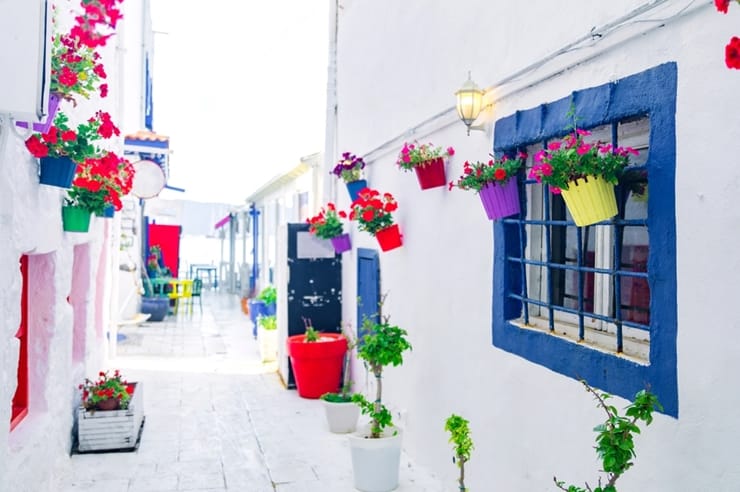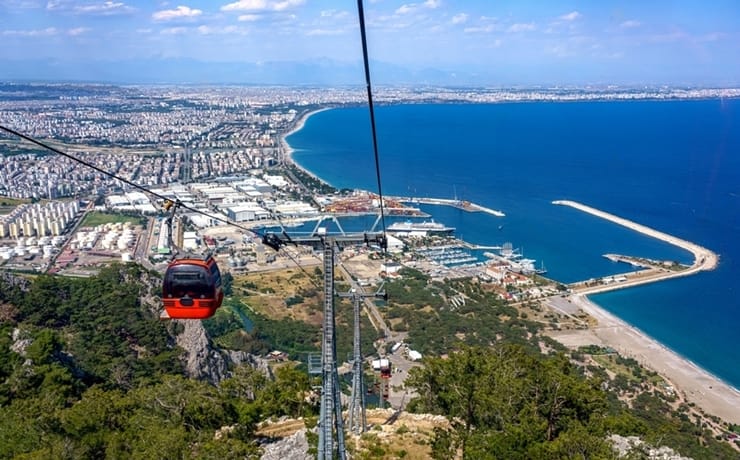Anıtkabir, located in Ankara, Turkey, stands as an enduring symbol of Mustafa Kemal Atatürk’s visionary leadership and the foundation of the Republic of Turkey. This monumental mausoleum is a place of great historical significance, reflecting the ideals and values that shaped modern-day Turkey.
1. Historical Background
Mustafa Kemal Atatürk, a revered leader and statesman, played a pivotal role in the transformation of Turkey from the Ottoman Empire to a modern, secular, and democratic nation. After the republic’s establishment in 1923, he spearheaded significant reforms that defined the nation’s future.
2. Architectural Marvel
Anıtkabir is a blend of modernist and classic architectural styles, designed by architects Emin Onat and Orhan Arda. The structure embodies elements of Hittite, Phrygian, and Seljuk architecture, portraying a harmonious fusion of historical and contemporary influences.
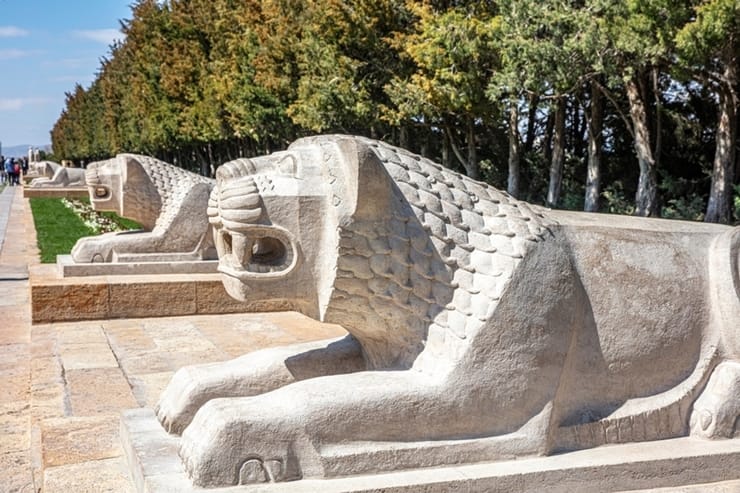
3. Symbolism and Design
The design of Anıtkabir holds deep symbolism. The grand “Road of Lions” represents strength and sovereignty, guiding visitors towards the mausoleum. The Lions’ Courtyard and the Hall of Honor further exemplify the respect and honor attributed to Atatürk’s legacy.
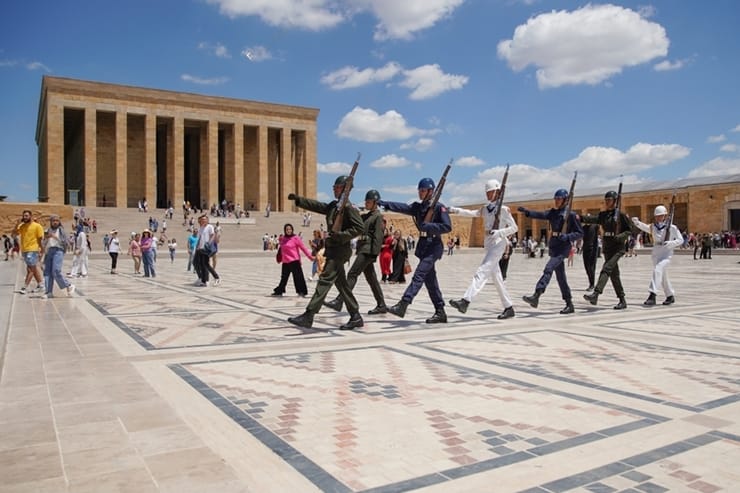
4. The Guards Parade
One of the notable aspects of Anıtkabir is the Guards Parade, a ceremonial display of honor and reverence. The changing of the guard ceremony, held regularly, is a solemn and impressive event. The guards, dressed in ceremonial attire, exhibit precision and discipline as they perform their duties.
5. Visiting Anıtkabir: A Spiritual Journey
Visiting Anıtkabir is an emotionally charged experience. The sense of reverence is palpable as visitors walk along the Road of Lions, witnessing the symbolic representation of Atatürk’s power and leadership. The Hall of Honor, housing Atatürk’s sarcophagus, is a place of deep reflection and respect.
6. Anıtkabir: A Unifying Symbol
Anıtkabir unites the Turkish people, reminding them of their shared history and the visionary ideals that have shaped their nation. The Guards Parade further reinforces this unity, embodying the collective respect and appreciation for Atatürk and the principles he instilled.

7. In Conclusion
Anıtkabir is more than a mausoleum; it is a tribute to a great leader and a symbol of national pride. The Guards Parade encapsulates the spirit of honor and unity, reminding us of the enduring legacy of Atatürk and the foundational principles that continue to define the Turkish nation.
Visiting Anıtkabir and witnessing the Guards Parade is an opportunity to pay homage to Atatürk, honor the history of Turkey, and renew a sense of unity and pride in being part of this remarkable nation.
